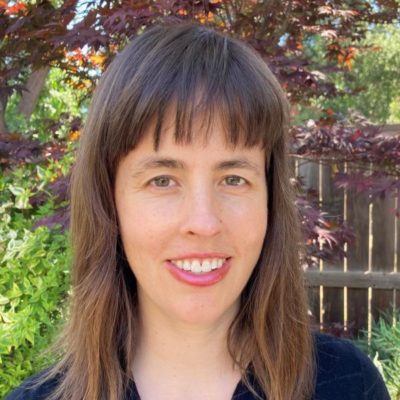During the coronavirus pandemic, we saw that social determinants of health—your race and ethnicity, where you live and work, your immigration status, the quality of your food and water, proximity to medical care, access to the internet and green spaces—all directly affected your health and economic outcomes.
For example, Black and Latino Californians were more likely to contract coronavirus because they are overrepresentated in low-wage, essential jobs and were at a greater risk of workplace exposure. Immigrants made up nearly 60% of coronavirus-related deaths in the highest-risk industries. Undocumented workers were especially vulnerable because they had limited access to unemployment benefits and other safety net programs.
Lack of green spaces in Black communities contributed to the racial gaps in infections rates. Severe air quality was linked to higher mortality from the virus, and Black and Latino Californians were 40% more likely to be exposed to air pollution. Black and Latino renters were two times more likely to experience rent-related hardships. Low-income folks were more likely to die from COVID; nationally, one in three COVID-19 deaths were tied to health insurance gaps.
A true recovery from the pandemic must address—and redress—these longstanding racial and health inequities that the pandemic brought into sharp focus. The state has received $43 billion in flexible state and local recovery funds via the American Rescue Plan Act plus $45 billion in federal infrastructure dollars. Those are unprecedented amounts that could make a real difference in our communities.
According to our grantee Prevention Institute, this is a landmark opportunity for our state to ensure that its investments accelerate progress toward building a more equitable state. Their solution: Embed health equity and racial justice into public funding programs at every stage so that resources and power are more fairly distributed, and investments are improving material conditions in historically marginalized communities.

